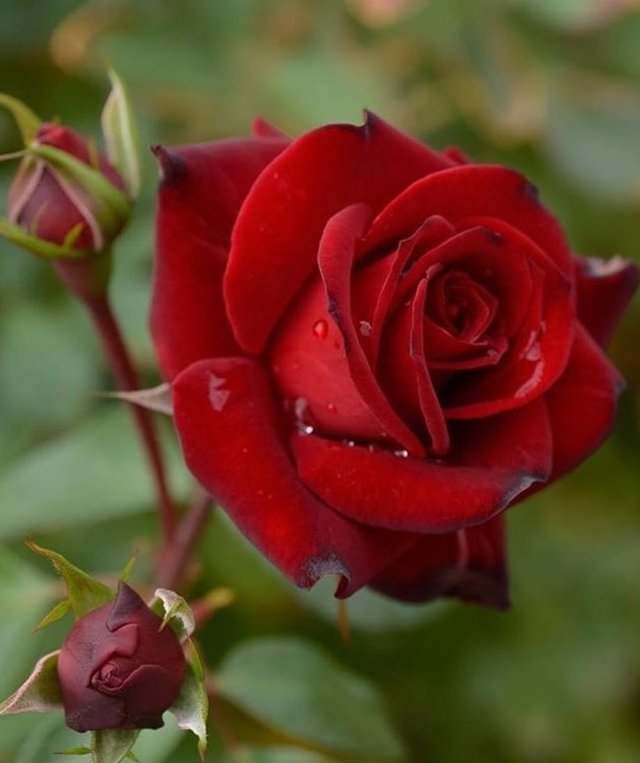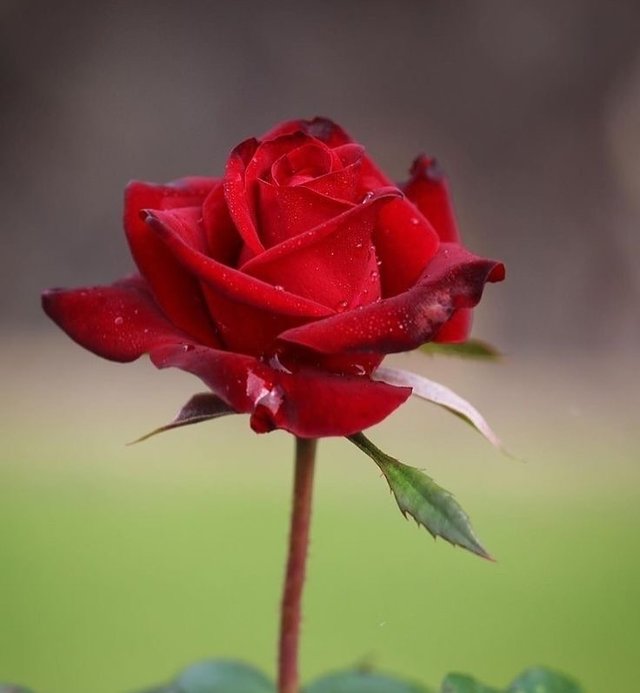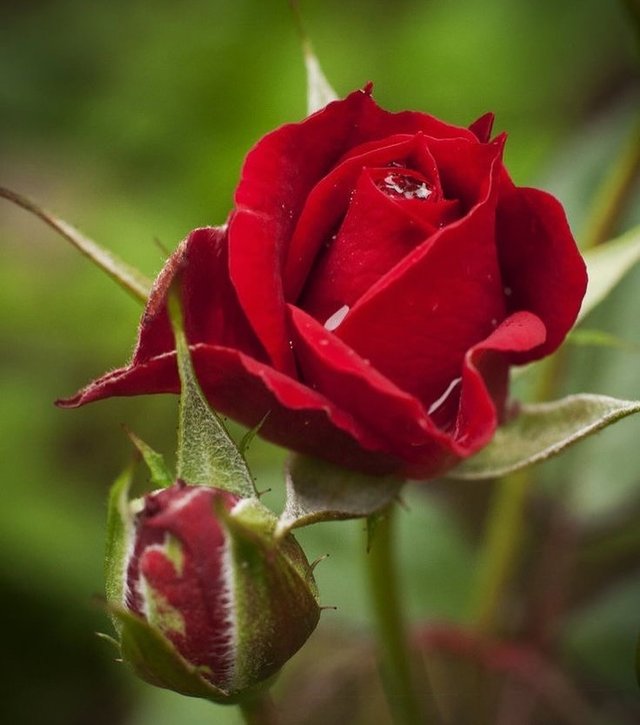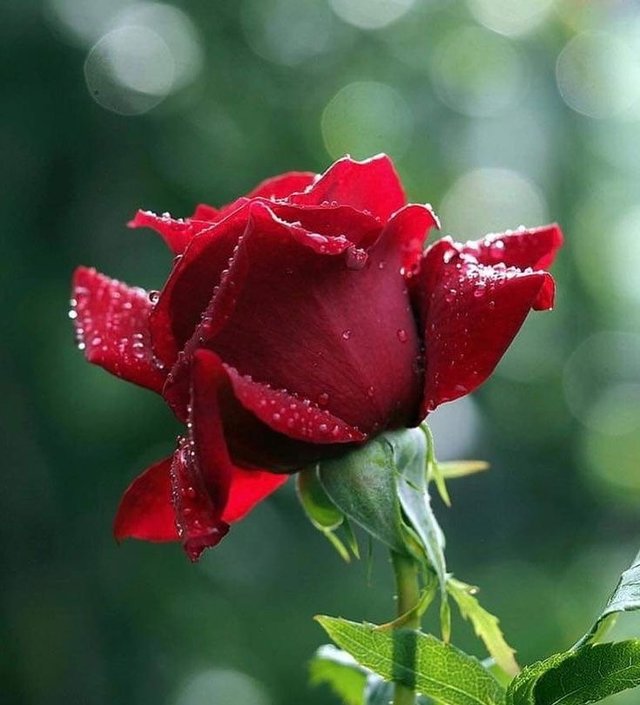Wonderful Rosa Ingrid Bergman Flower
Rosa ‘Ingrid Bergman’: A Classic Hybrid Tea Rose of Timeless Elegance
Rosa ‘Ingrid Bergman’ is one of the most celebrated hybrid tea roses in the world of ornamental gardening, admired for its striking beauty, robust performance, and romantic symbolism. Named after the legendary Swedish actress Ingrid Bergman, this rose captures the same qualities she was known for—grace, strength, and enduring charm. Whether you’re a dedicated rosarian or a casual gardener seeking a reliable and show-stopping bloom, ‘Ingrid Bergman’ offers both aesthetic appeal and practical resilience.
Origin and Breeding
Introduced in 1984 by the renowned Danish rose breeders Pernille and Mogens Olesen of Poulsen Roser, ‘Ingrid Bergman’ quickly gained recognition as a superior hybrid tea rose. It was developed as part of the “Eleganza” collection, bred specifically for strong performance and refined form. The rose has since won numerous awards, including the prestigious World Federation of Rose Societies Hall of Fame Award in 2000, cementing its reputation as one of the finest red hybrid tea roses ever created.
Appearance and Characteristics
‘Ingrid Bergman’ is known for its large, velvety, deep-red blooms that exude classic elegance. Each flower is perfectly formed, usually with 25–30 petals, and can reach up to 12 cm in diameter. The blooms are borne singly on long, sturdy stems—ideal for cutting and arranging in vases.
The foliage is another highlight: dark green, glossy leaves provide a stunning backdrop for the vivid blooms. The plant typically grows 90–120 cm tall with a similar spread, forming a compact yet impressive shrub. Its upright growth habit and strong stems make it a favorite for both formal rose gardens and mixed borders.
While the fragrance is light to moderate compared to heavily scented roses, the beauty of its perfectly shaped blooms more than compensates.
Blooming Season
One of the most rewarding aspects of Rosa ‘Ingrid Bergman’ is its repeat-flowering nature. From late spring through autumn, it produces waves of blooms, ensuring color and beauty throughout the growing season. Regular deadheading—removing spent flowers—can encourage even more blossoms.




